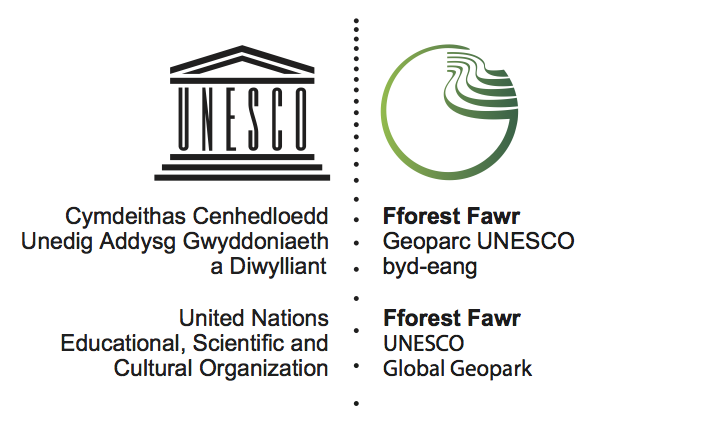The Norman Conquest of Wales was initiated soon after the conquest of England by William the Conqueror in AD1066.
The initial incursion by the Normans into Wales c AD 1070 was associated with a phase of castle building in the Welsh Marches and at Cardiff. This was followed by a more concentrated phase of conquest during the reign of Edward I (AD 1272-AD 1307) and the conquest of South Wales was completed by AD 1093.
The Norman activity was concentrated mainly in the lowland areas of the Geopark. Initially it involved the building of motte and bailey castles ie earth mounds surrounded by a ditch and earthwork with a wooden stockade. These were soon followed by the construction or extension of permanent fortifications. Examples are Brecon Castle which was constructed at the confluence of the Rivers Usk and Honddu and Carreg Cennen Castle (a Welsh castle) which is built on a 90m high outlier of Carboniferous Limestone associated with the Carreg Cennen Disturbance.
The climatic instability of the preceding period was followed by a climatic optimum between about 1050 and 1150 AD This time is associated with clearances on the lower slopes and intensified activity with the cultivation of cereals. It is also associated with the remains of rectangular buildings on the slopes of Mynydd Du.


